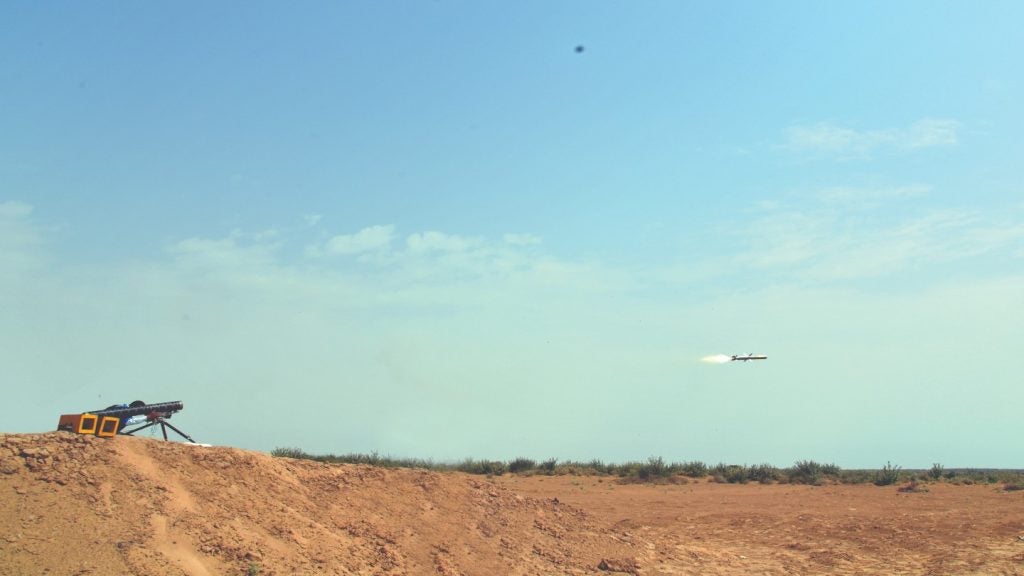
Neuroscience is one of the most rapidly advancing fields in medicine, with highly-detailed imaging offering new insights into the way the brain works and direct brain interfaces enabling weapons to be targeted and fired with just a thought. The technology is not speculative – just last week scientists unveiled an implant called BrainGate that enabled a woman who had lost the use of her limbs after a devastating stroke to control a robot arm using thought processes alone.
Neuroscience, conflict and security
The new report, "Neuroscience, Conflict and Security", formed part of a series that examined the impact of neuroscience on society, dealing specifically with the potential application of advances in neuroscience to the armed forces and security personnel.
It was chaired by Prof Rod Flower FRS, professor of biochemical pharmacology at the William Harvey Research Institute, Queen Mary University of London, and brought together international experts to discuss new developments in the field and the laws and ethics that apply to their application in a military and civil context. According to Flower, it was the first time the Ministry of Defence’s (MoD) Defence Science and Technology Laboratory (Dstl) had worked with academia in neuroscience.
"The people we were in contact with there were the horizon scanning team whose job it is to look out for potential new applications of research," Flower said. "We relied on what was publicly available, and while the US is extremely open about what its military does, the UK is not so open, and countries like Russia and China are a complete cipher."
A key advance in neuroscience has been improvements in real-time neuro-imaging, which can indicate in great detail which parts of the brain "light up" when undertaking certain activities. One of its applications could be to screen potential recruits for a specific role, for example to see if they are temperamentally suited to be a commander, pilot or diver.
See Also:
"At the moment it’s very much a case of taking people on and subjecting them to high-stress exercises and choosing the ones who make it," says Flower. "If they could be subjected to imaging during assessment you could identify who has good risk-taking behaviour, strategy and planning ability, or 3D analytical skills."
How well do you really know your competitors?
Access the most comprehensive Company Profiles on the market, powered by GlobalData. Save hours of research. Gain competitive edge.

Thank you!
Your download email will arrive shortly
Not ready to buy yet? Download a free sample
We are confident about the unique quality of our Company Profiles. However, we want you to make the most beneficial decision for your business, so we offer a free sample that you can download by submitting the below form
By GlobalDataBrain scanning for target identification
Brain scanning could also speed up and improve target recognition or identify changes in surveillance satellite images by recognising subconscious objective identification rather than an operator having to process and actively react.
"It has been discovered that when you show the brain different images, it spots the differences between them even though they may not reach conscious awareness," says Flower. "Wearing a helmet like a hairnet can pick up a spike in brain activity which you can correlate to differences identified between two images, even if they were flashed up too quickly to process consciously."
That potentially has the ability not only to speed up the process of target selection but also improve accuracy. It could also reduce problems associated with fatigue, which is a big issue facing people whose job involves scanning images for a long time, especially in the dark, such as surveillance UAV operators.
Mind controlled weapons and aircraft
Related feature
Solutions for situational awareness – battlefield innovations
Situational awareness solutions allow soldiers to make effective use of varied information in a battlefield context.
Technologies such as the BrainGate implant have already shown that machinery can be controlled with the mind alone, and games manufacturers have already brought out low-cost helmet controllers than enable wearers to play by mind power alone. The obvious application for the military is mind-controlled weaponry and remotely-piloted aircraft, which could make operation and reactions far faster.
"If you couple that with your subconscious mind being much faster at dealing with information you can see a situation sometime in the future where you’re not thinking about flying the aircraft, but your subconscious is doing it without interfering in any way," says Flower. "You would probably have a much better appreciation of an incoming threat and fire off a couple of missiles without having to consciously think."
Drugs to stimulate troops and disable enemies
The report also examines evidence that certain drugs can improve the performance of personnel performing certain military tasks. Among these, drugs developed to relieve the symptoms of Attention Deficit Hyperactivity Disorder (ADHD) in children, such as Ritalin, have shown great promise on unaffected adults who want to focus their attention on a specific task.
"It could help when flying a long mission where you may become fatigued and your attention begins to drift off," says Flower. "It could also help you focus when you have a lot of information to process, like being a fighter pilot in a particularly tense situation when you’re trying to get a missile lock on a target while the aircraft and radio are bombarding you with information and you have to communicate back."
Another approach that could improve the way the brain works is known as trans-cranial electrical stimulation where electrodes attached to a 9V battery are clamped to the head. Control studies showed it can improve the rate at which things are learnt, and possibly result in better memory formation.
One controversial subject the report touches on is that of neuropsychology-inspired chemical weapons, discussing the fact that although the international Chemical Weapons Convention (CWC) bans the use of chemical weapons on the battlefield, they are allowed for civil law-enforcement purposes.
"One of the problems is as far as anyone in our field can find, it’s not possible to find a totally safe drug that you could use," says Flower, citing the example of the Moscow theatre siege in which 150 civilians died alongside their Chechen rebel captors.
"It’s partly because everyone’s unique and responds in different ways. If you start spraying it around you may affect children, women, men, pregnant women, old men, people taking other drugs, and people with heart disease. It won’t just be the 70kg healthy young men on which these drugs are tested."
Flower is also keen to bust some myths about some chemicals that were reportedly tested for their effects on enemy troops.
"Oxytocin is a hormone that’s produced in pregnancy that produces a feeling of emotional closeness and trust," says Flower. "There was a lot of talk that you may be able to use this as an interrogation tool to make your captive trust you and tell you all his secrets. But as far as we can tell that’s all nonsense."
The ethics of neural war
Like automated weaponry and battlefield robotics, however, these new techniques could require an overhaul of ethical guidelines, especially with regards to civilian casualties. Currently the last person who gave the order to fire is responsible, but if it came from the operator’s subconscious, the line becomes blurred.
With advances in neuroscience holding such great potential for military applications, Flower would like to see the MoD to work closer with academia. One approach would be to have a two-way intern exchange between the MoD and academia.
"It’s not rocket science, the research is all out there, and most of it gets published," says Flower. "It’s just a question of them being aware of it and able to pick up the ideas and exploit them before they read about it in Nature."





